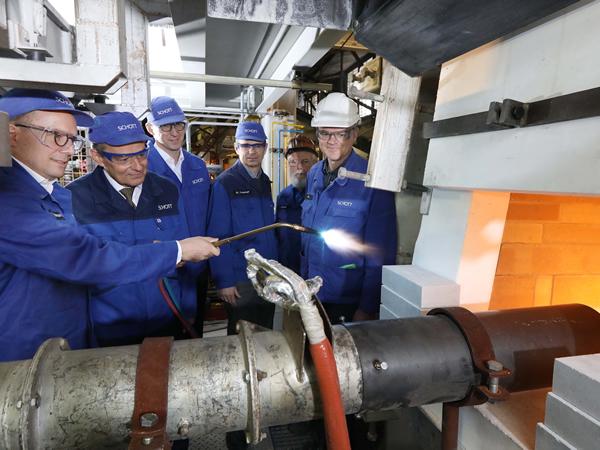
Date: 23 February 2017
When a melting tank is put into operation in the glass industry, it is a special milestone. After planning and months of construction, the tank begins a journey that will last several years during which the melting unit, in order to be economically viable, must sustain full power and withstand great stress at high temperatures.
The SCHOTT technology group has now “fired up” (as insiders call the official start of operation) a new glass melting tank for ZERODUR® glass-ceramic production at its Mainz site.
“The second tank reserved exclusively for ZERODUR® glass-ceramic is designed to meet the material’s long-term high demand and to contribute to the success of customers. In addition, the investment in the Mainz site, our company’s center of glass-ceramic expertise, will secure jobs,” said Christoph Fark, Executive Vice President of Advanced Optics at SCHOTT.
During firing up, the burner lance of a mobile gas-air burner is directed into the completely empty tank interior and ignited. There is a special reason: “Before glass can be melted, the residual moisture of the special stone-on-stone refractory material must first be removed with a tempering device and the tank must be brought to an operating temperature of at least 1,000 degrees Celsius,” explains the responsible engineer and project manager Thomas Lifka.
Only then can the actual glass melt begin in the new tank. The pre-mixed raw materials – in the case of ZERODUR®, mainly silicon, aluminum and lithium – are introduced into the pre-heated tank over a period of several days and brought to melting temperatures of more than 1,600 degrees Celsius using a combination of electric and fossil heating.
Tank production expert Lifka: “The tank is a so-called discontinuous tank, which means that it is completely filled and emptied at periodic intervals.” The molten glass takes a form according to a fixed casting plan, either round or rectangular depending on the final product.
The new tank in Mainz is also designed for mirror substrates with a diameter of up to 4.25 meters. The two ZERODUR® mirror substrates for the secondary and tertiary mirrors of the Extremely Large Telescope, for which SCHOTT received the order from the European Southern Observatory (ESO) in mid-January, will be cast from this tank.
What happens after casting? In order to produce glass-ceramics with the required properties, the so-called raw glass must be subjected to a temperature process in both cooling and ceramizing furnaces. At first, the temperature is slowly increased to such an extent that crystal nucleation begins.
After a determined holding time creates the desired number of crystal nuclei, the temperature is further increased to the range of crystal growth. After setting the desired crystallite sizes, blocks are cooled again in a defined manner.
The correct ratio of the temperature-increasing glass phase, about 30 percent, and the shrinking crystal phase of about 70 percent with the correct number and size of the crystallites, ensure the combination’s extremely low thermal expansion.
The ZERODUR® glass-ceramic developed by SCHOTT has been the standard material for mirror substrates in astronomical telescopes for almost 50 years, providing extremely high-resolution images from space due to its “practically” zero expansion property.
In addition to astronomy, the extraordinary material is also a material of choice in other technical applications where extremely low thermal expansion and precision are critical, for example in IC/LCD lithography, aviation and measurement technology. In Mainz, around 100 employees are engaged in the production and sale of ZERODUR® glass-ceramic.
Further information:
SCHOTT goes E-ELT – Microsite on the topic: www.schott.com/e-elt
SCHOTT ZERODUR®: http://www.schott.com/advanced_optics/german/products/zerodur-extremely-low-expansion-glass-ceramic/index.html
European Southern Observatory (ESO): http://www.eso.org/public/germany/
The European Extremely Large Telescope: http://www.eso.org/public/germany/teles-instr/e-elt/
 600450
600450

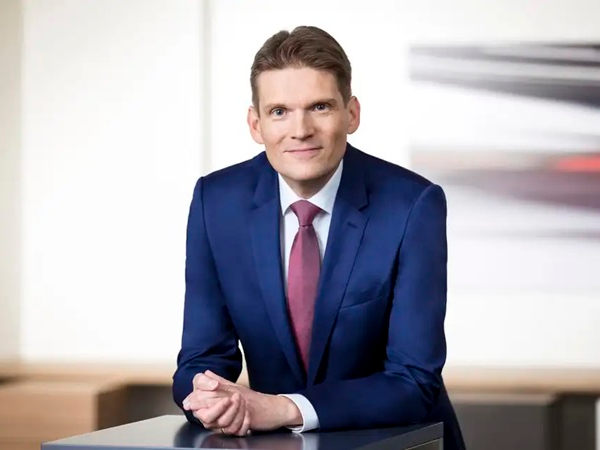
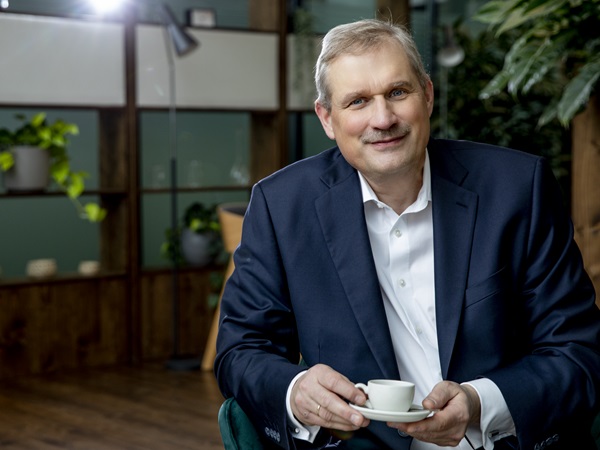
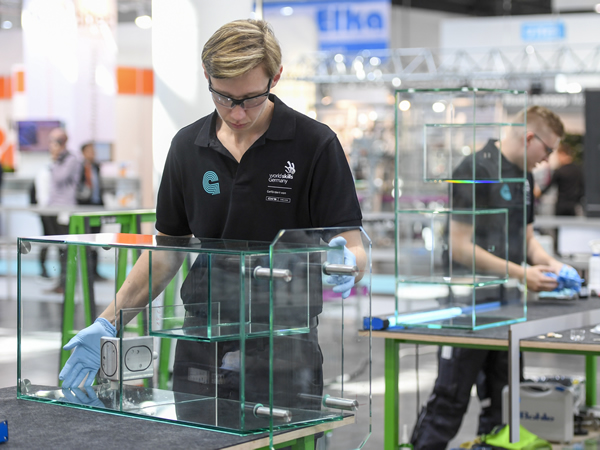
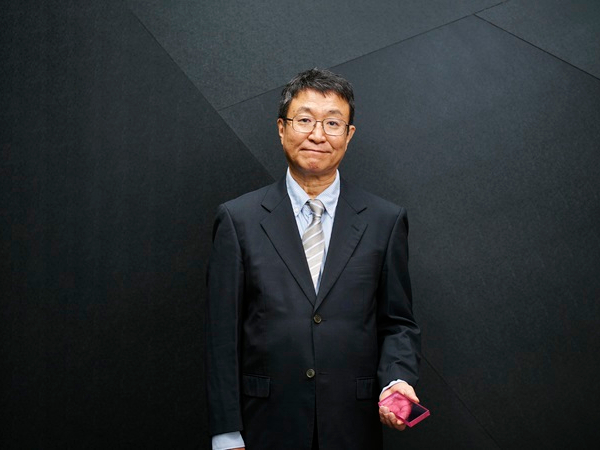

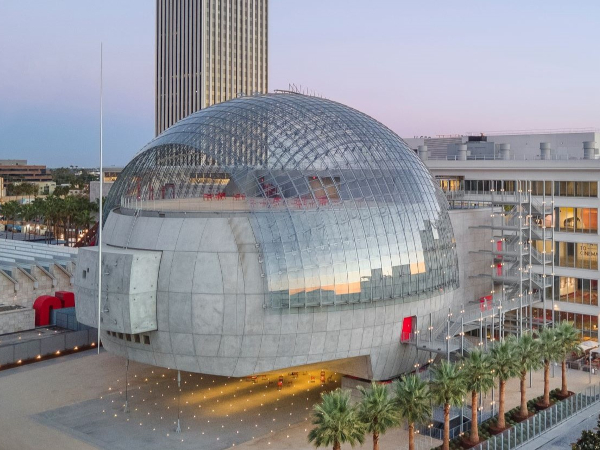




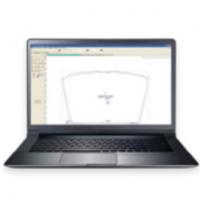
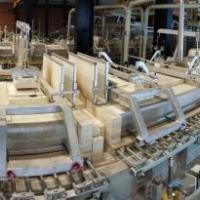

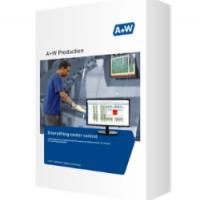


Add new comment